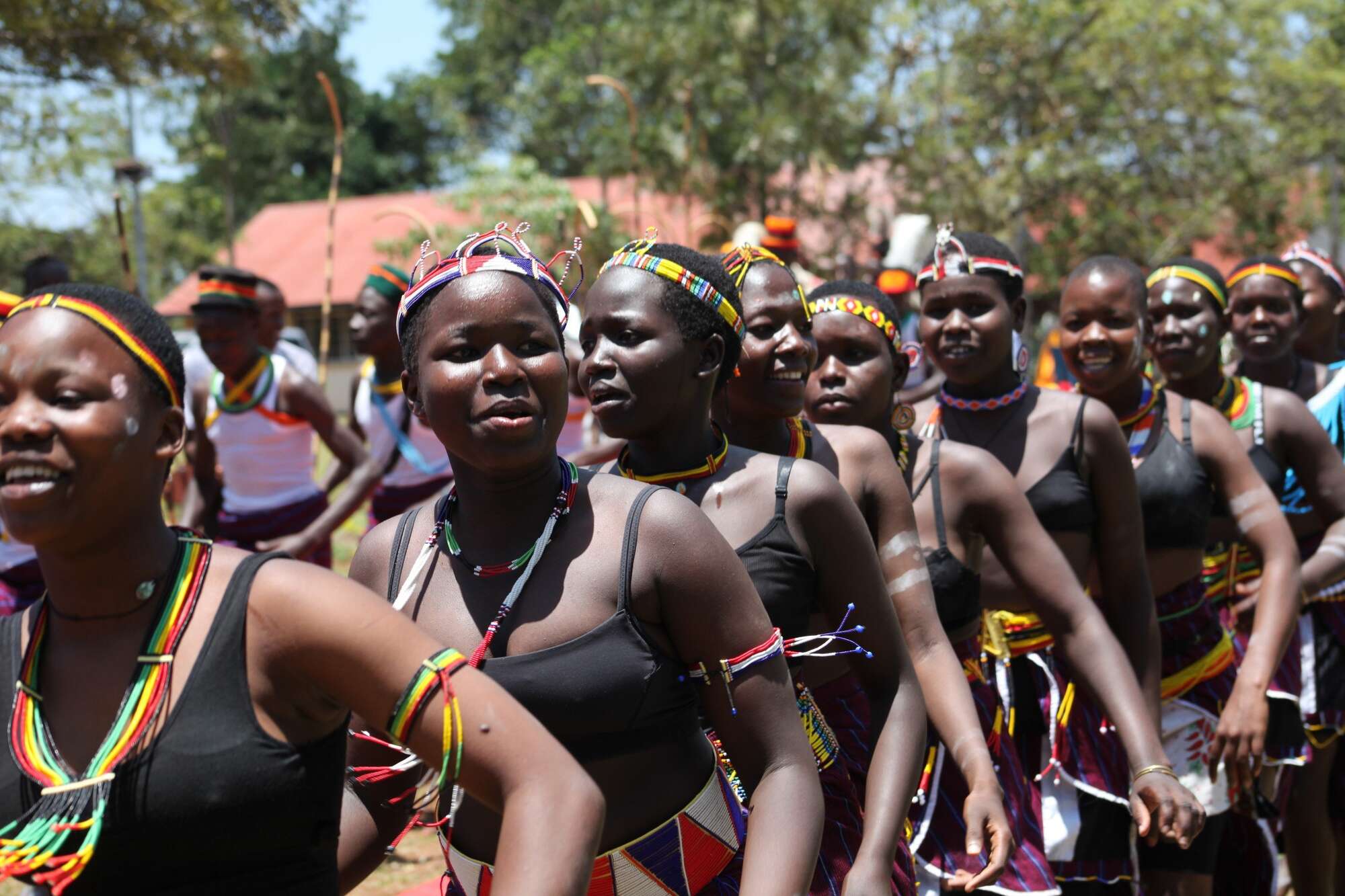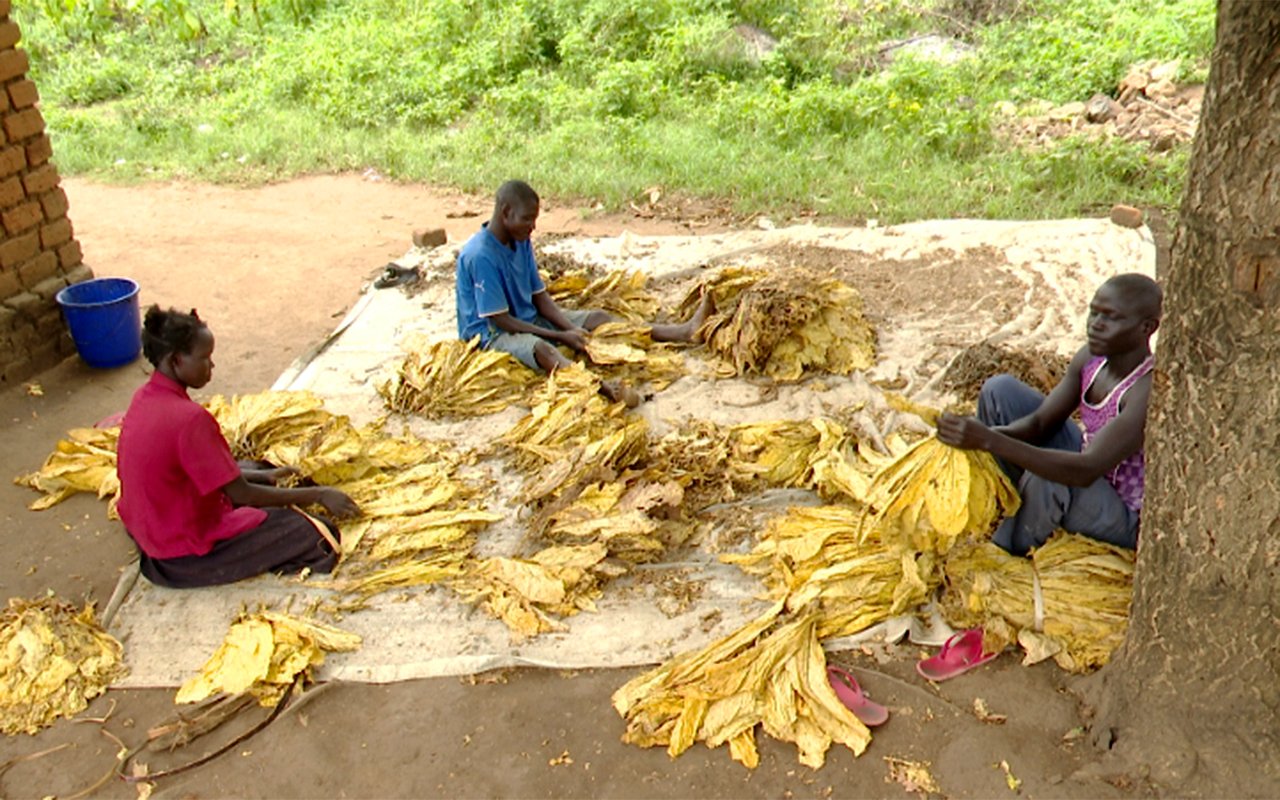Prime
Law Society slams magistrate over torture of suspects

One of the suspects in the Gen Katumba shooting case displays marks on his body that he allegedly attained through torture while in police custody.PHOTO/NMG
What you need to know:
- A magistrate court has the power to enforce rights and freedoms as well as the power to hear and determine applications relating to the enforcement or violation of human rights and freedoms guaranteed in chapter four of the 1995 Constitution and Section 5 (1) of the Human Rights Act 2019.
The Uganda Law Society (ULS) has criticised the Nakawa Chief Magistrate for not taking action when his attention was drawn to the torture marks on the bodies of the five men accused of attempting to assassinate Works minister Gen Edward Katumba Wamala.
The ULS president, Ms Pheona Wall Nabasa, said Chief Magistrate Douglas Singiza should have intervened in the human rights issue as raised by the suspects’ lawyer, Mr Geoffrey Turyamusiima.
Mr Turyamusiima last Thursday pleaded with court for the suspects’ release to first receive treatment at Mulago hospital.
But Magistrate Singiza reasoned that he does not have powers to release suspects facing capital offences before ordering for their treatment while in detention at Kitalya prison, where he remanded them until August 3.
“A magistrate court has the power to enforce rights and freedoms as well as the power to hear and determine applications relating to the enforcement or violation of human rights and freedoms guaranteed in chapter four of the 1995 Constitution and Section 5 (1) of the Human Rights Act 2019. We believe that this is a remedy the court could have provided at this point,” Ms Nabasa said a July 10 statement.
She added: “Section 7 (2) of the Human Rights Act 2019, provides that where a human rights matter arises in any proceedings before a magistrate’s court, the magistrate court shall immediately stay the proceedings in the main matter and first determine the human rights issue raised. Further remanding these suspects and letting the matter continue in total disregard of the evidential torture, we believe is a further miscarriage of justice.” The five suspects were last Thursday arraigned before Nakawa Chief Magistrate’s Court with visible torture marks all over their bodies.
One of the suspects, Walusimbi Kamada, alias Mudinka, 45, a boda boda rider, removed his pair of jeans and showed his rear that was dotted with open wounds.
The group was charged with several offences, including one count of terrorism, two counts of murder and three counts of attempted murder.
ULS in their statement also reminded those behind the torture of the suspects that Article 28 (3) of the Constitution provides that every person is presumed innocent until proven guilty.
The lawyers also demanded that the security officers behind the torture of the suspects be brought to book.
“The Uganda Law Society is engaging the office of the Director of Public Prosecutions to prosecute the persons who were involved in acts of torture against the suspects,” Ms Nabasa said.
She added: “We refer to Section 10 of the Human Rights Enforcement Act, which provides that a public officer who individually or in association with others, violates or participates in the violation of a person’s rights or freedoms shall be held personally liable for the violation notwithstanding the state being vicariously liable for his or her actions.”




